Highway Sign Structures Modeling, Analysis, Design and Evaluation Software
A state-of-the-art solution specifically designed for Departments of Transportation (DOTs) and Engineering firms across the United States.
- 40 years of Canadian Innovation
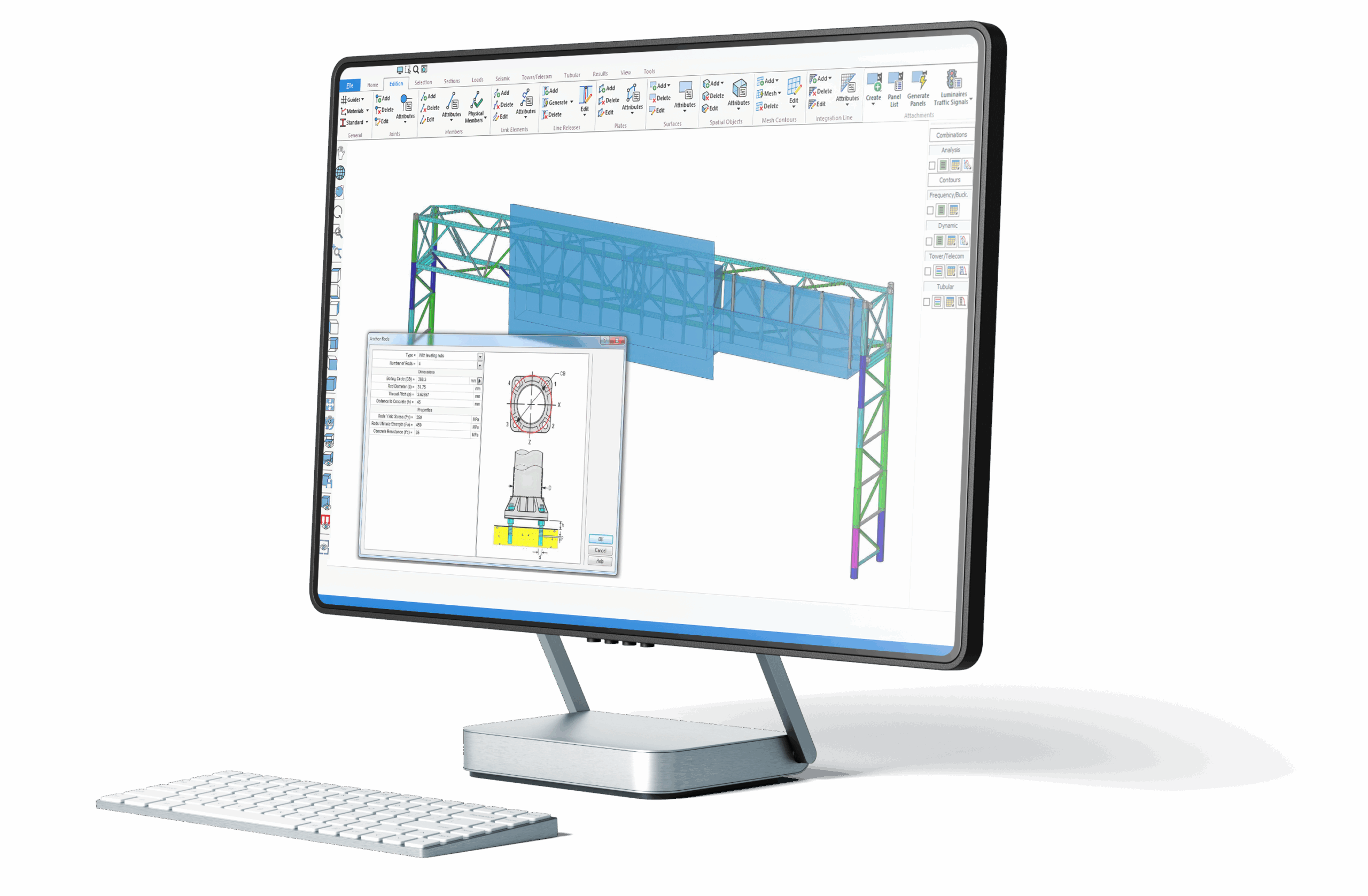
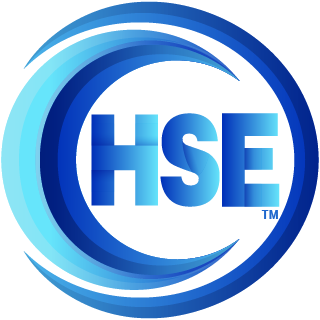
A state-of-the-art solution specifically designed for Departments of Transportation (DOTs) and Engineering firms across the United States.

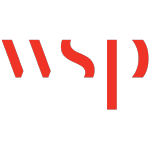







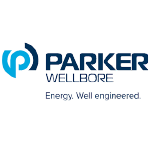

This 3D frame analysis software offers intuitive modeling features, comprehensive structural analysis capabilities and powerful design tools. The HSE™ software is user-friendly, easy-to-use and built on a ribbon-based interface, offering a streamlined design element where tools, commands, and options are conveniently organized into tabs and groups for effortless access and navigation.
Explore the extensive features and functionalities of HSE™ Highway Sign Structural Engineering software.
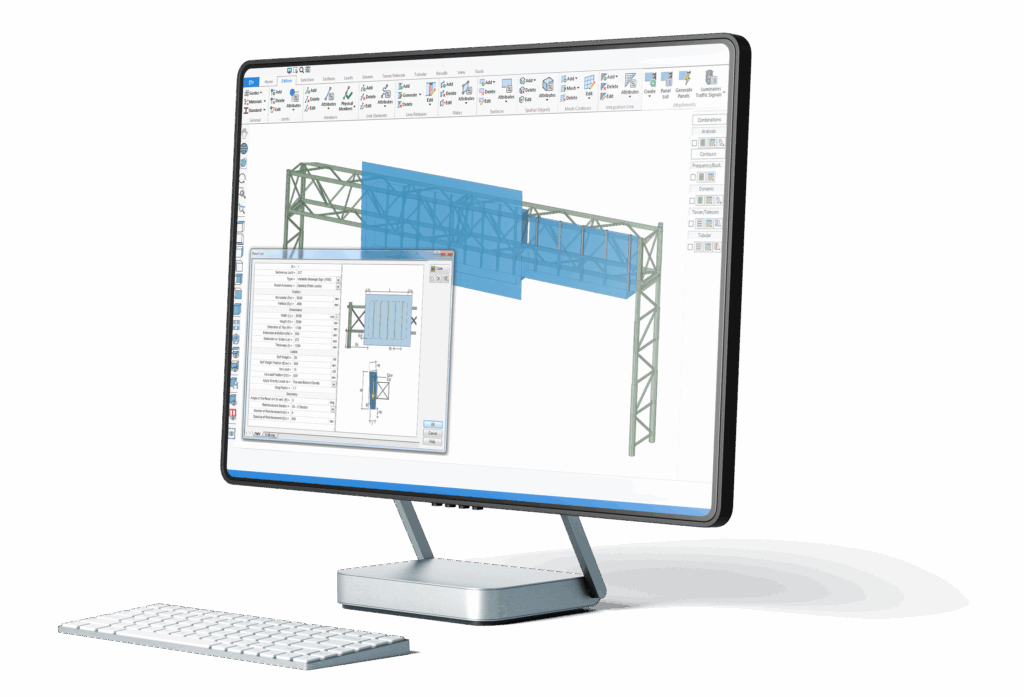
Take the next step to discover HSE™ Software by completing the following form. One of our experts will get in touch with you shortly.
A structural analysis software for professional engineers.
HSE™ software enables users to design a wide range of traffic signal and mast arm structures. It accounts for truck-induced gust loads and galloping forces by evaluating the frontal projected area of each traffic signal.
The software also supports the design of overhead sign structures featuring various types of road sign panels, including simple panels, reinforced panels, variable message signs (VMS), walkways, and secondary panels. It automatically calculates wind, ice, and gravity loads for these configurations.
In addition, HSE™ allows users to design diverse lighting structures such as streetlight poles, high-mast towers, and lamp posts. The program factors in natural wind gusts that can generate cyclic loads on these lighting systems.
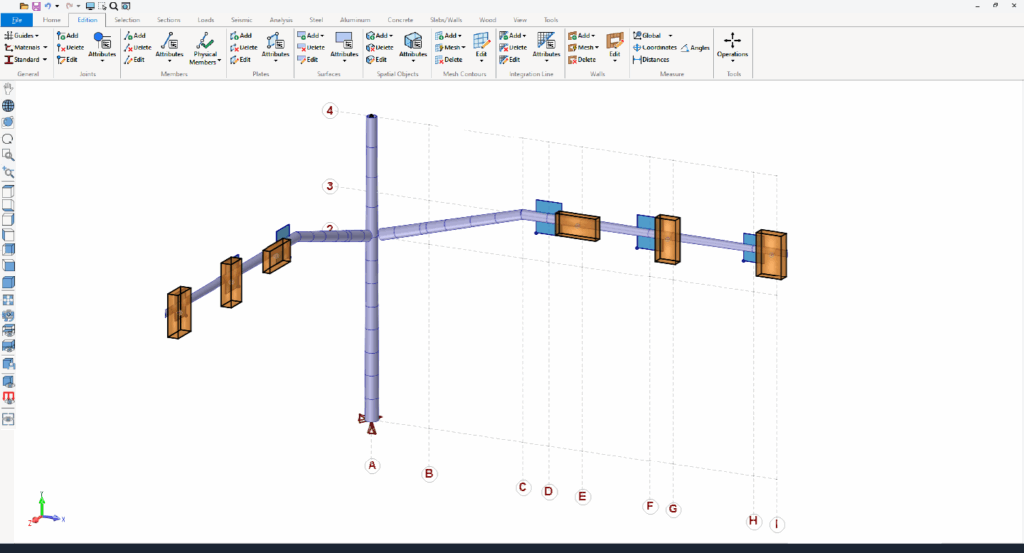
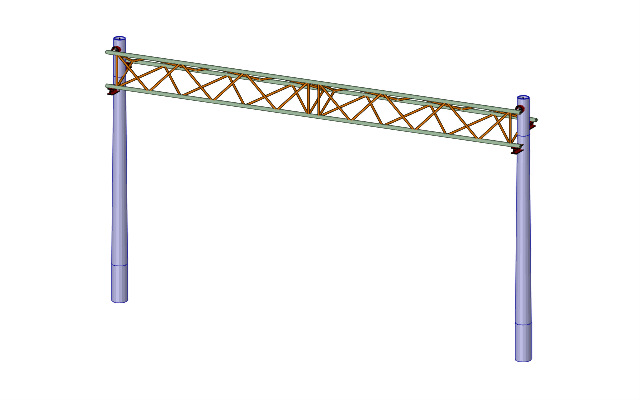
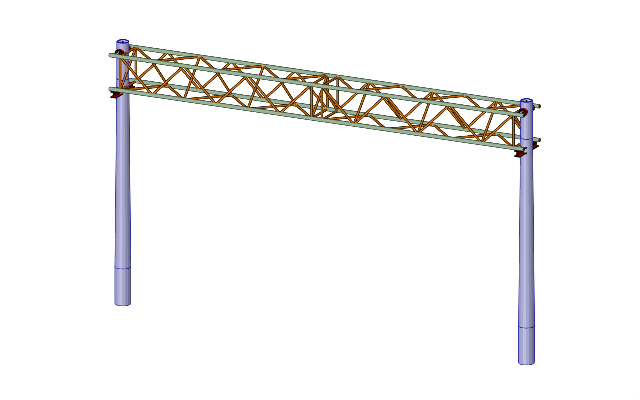
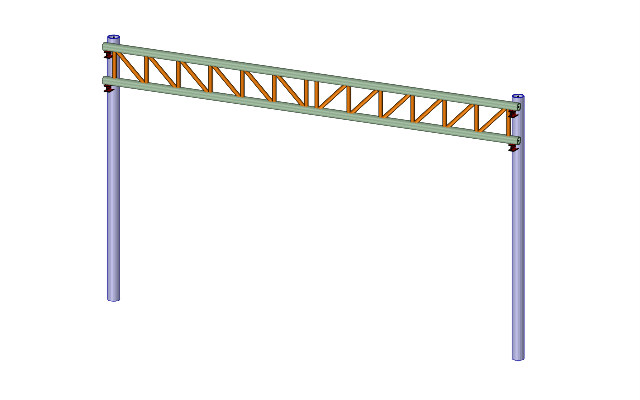

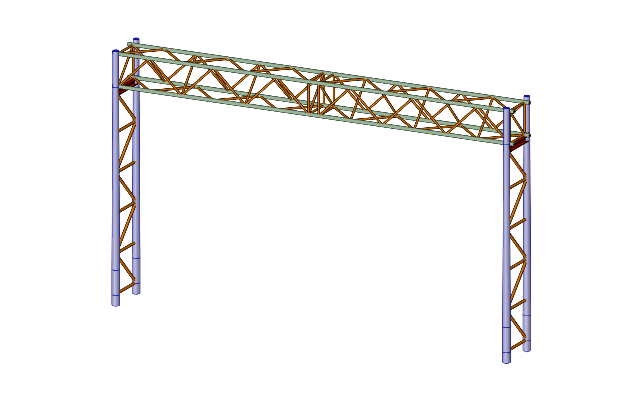




HSE™ Structural Software provides a powerful and flexible platform for structural engineers to streamline their design workflows and optimize design time. With over a dozen of automated structural models, HSE™ software empowers users to effortlessly create various types of structures such as:
In addition, HSE™ software offers a manual mode for designing various structures, such as high-mast lighting towers, traffic signal signs, and more.
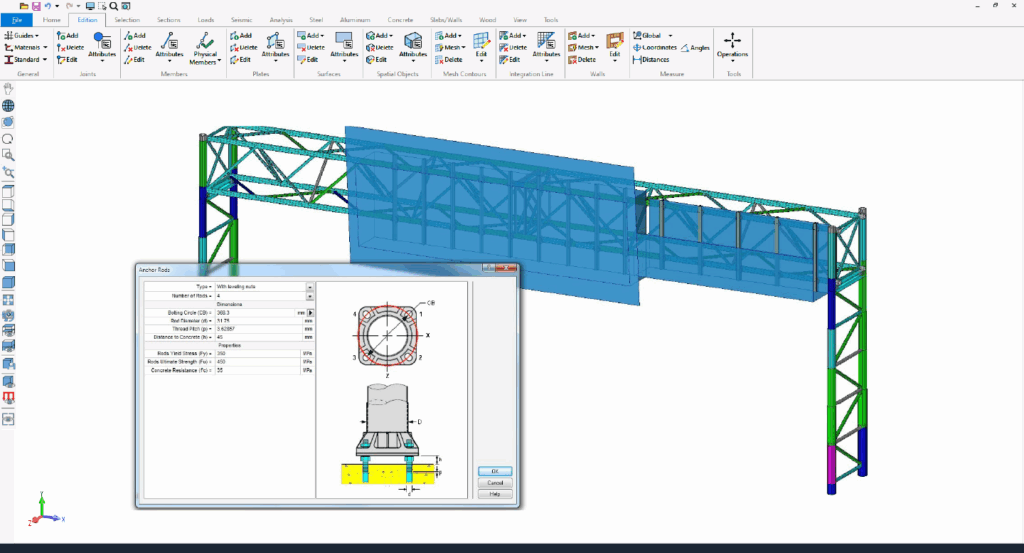
The HSE™ software features comprehensive state-of-the-art structural analysis methods, including:
• Finite Elements Analysis (FEA) including plates and shell elements
• P-Delta Analysis, Linear and Nonlinear Analysis, Buckling Analysis
• Static Equivalent Seismic Analysis, Seismic and Dynamic Time-History Analysis
• Non-linear analysis using load control and displacement control strategy
• Non-linear springs
• Torsion including restrained warping of open sections
• Linear and exact non-linear cable elements
• Direct Analysis Method (DAM) and the Effective Length Method (kL) for AISC 360
• Frequency and Response Spectrum Analysis
• Possibility to add non-structural components using Spatial Objects and Spatial Loads
• Advanced Section Stress Analysis and Built-up sections, and more analysis features
In addition to all existing section shapes (circular, rectangular, I, L, 2L, T, and more), HSE™ Highway Sign Structural Engineering software allows the use of tubular polygonal sections.
• 18-sided tube
• 16-sided tube
• 12-sided tube
• 8-sided tube
• 6-sided tube
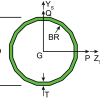
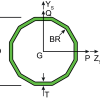
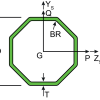
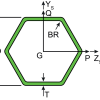
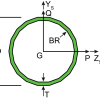
HSE™ software allows users to animate analysis results, including static, P-Delta, buckling, seismic, and dynamic analyses. This visualization highlights displacements, internal forces, stresses, reactions, mode shapes, and time-history data, offering clear insights into structural behavior.
Animating envelopes focuses on critical regions, simplifying complex data for better decision-making during dynamic events.
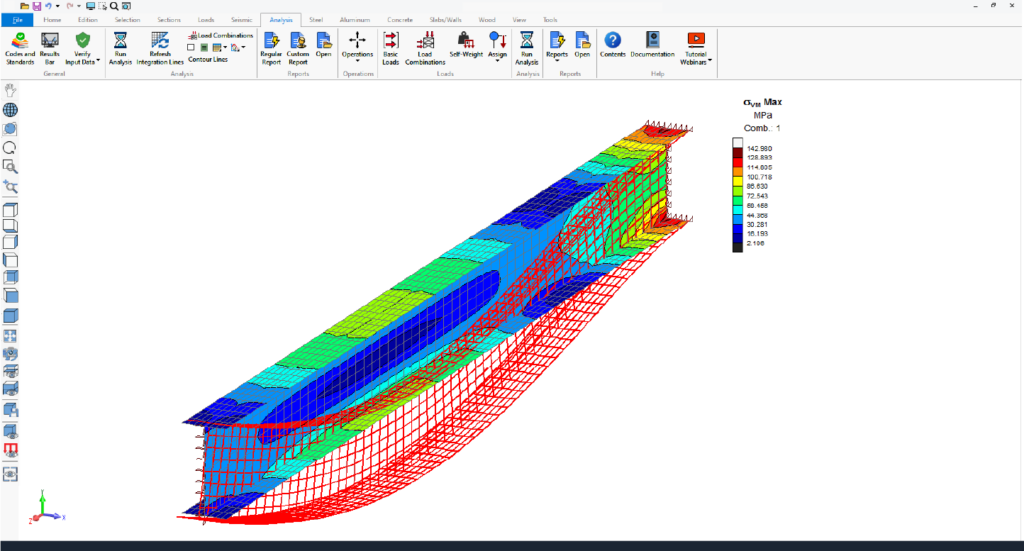
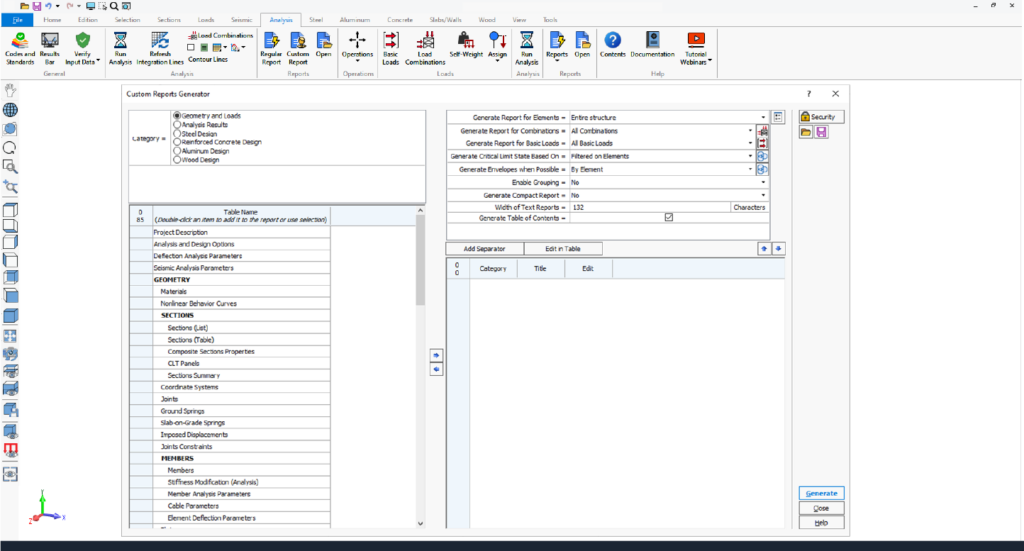
HSE™ software offers advanced custom reporting tools, enabling users to create tailored, professional reports with ease. With options to select relevant data, add individual or multiple tables, and customize settings, users can design layouts that meet specific project needs.
Editable titles, table reordering, and predefined templates enhance efficiency, while saved custom layouts streamline future reporting. Reports can be customized and exported to Microsoft Word and Excel, streamlining workflows.
HSE™ software features an intuitive, ribbon-based graphical user interface powered by DirectX 11 and OpenGL 2.0 for enhanced performance. Users can efficiently create, analyze, and design complex models, visualized as lines, wireframes, or 3D solids.
Users benefit from key functionalities such as automated mesh generation, detailed element creation, and transparency options for components like members, plates, surfaces, spatial objects and panels.
The software supports metric, imperial, and mixed unit systems, which can be modified at any time.
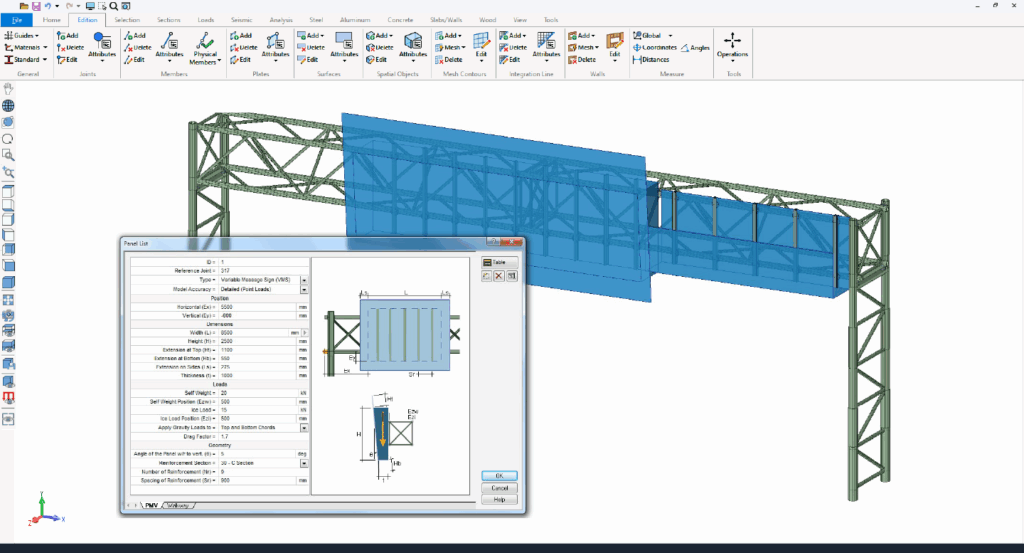
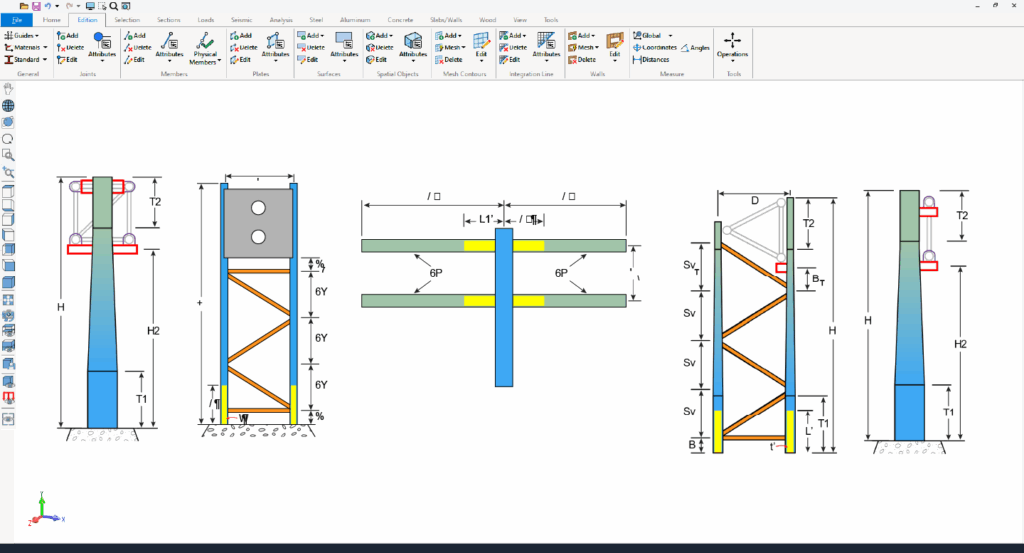
HSE™ software offers versatile modeling tools to create any type of structure efficiently. Key features include local coordinate systems, linear or circular construction lines, and automated commands like move, rotate, extrude, and subdivide.
Models can be edited graphically or via spreadsheets, with options for batch or individual element creation. Persistent groups, advanced selection tools, and renumbering options enhance productivity. Attributes can be set graphically or in spreadsheets, and surfaces facilitate load transfer and self-weight calculations.
A structural software for professional engineers.
• AASHTO LTS-13 ASD (6th edition)
• AASHTO LTS-15 LRFD (1st edition)
• AISC 360-10 (LRFD)
• Canadian CSA S6
The program supports the following aluminum structural design standards:
American Aluminum Design Manual (AA ADM-2020)
Load and Resistance Factor Design (LRFD)
Allowable Stress Design (ASD)
Canadian Aluminum Structures Standard (CSA-S157)
• Automated self-weight
• Automated wind and ice loads
• Concentrated and distributed loads
• Automated fatigue
• Thermal gradient loads
• Seismic analysis capabilities
• Automated load combinations
• Structure design for compression, tension, shear, bending, slenderness, torsion and warping, fatigue, and deflection
• Anchor rods verification
• Base plate design and verification
• The software includes fatigue limit states.
• Fatigue verification according to chapter 11 of AASHTO LTS-13 (ASD) and AASHTO LTS-15 (LRFD)
• Verification of stresses according to the Constant Amplitude Fatigue Threshold (CAFT)
• The CAFT (Constant Amplitude Fatigue Threshold) or BIFAT (for infinite life for the different fatigue detail categories) are found in AASHTO LTS-13 (ASD) and AASHTO LTS-15 (LRFD)
• Based on the requirements, fatigue verifications such as Galloping, Natural Wind Gust, and Truck-Induced Gust can be selectively activated
• Applicable fatigue loads must be specified according to the structure type, as mandated by the AASHTO LTS code requirements
The software enables users to automatically generate a variety of structural types, including:
2 or 3 latticed columns with a 4-sided latticed beam
2 or 3 latticed columns with a 3-sided latticed beam
2 or 3 pole columns with a 4-sided latticed beam
2 or 3 pole columns with a flat latticed beam
1 pole column with a 4-sided cantilever arm
2 pole columns with a tubular beam
1 latticed column with cantilevered tubular arms
1 pole column with cantilevered tubular arms
1 pole column with a cantilevered flat latticed arm
Monopole generator structures
In addition to automatic generation, users can manually build models, allowing the creation of custom structures such as:
High mast lighting towers
Multiple roadside signal signs
Other fully customizable designs
In addition to standard section shapes (circular, rectangular, L, I, Z, T, and others), the software also supports tubular polygonal sections, including:
18-sided tube
16-sided tube
12-sided tube
8-sided tube
6-sided tube
The software offers a variety of tools for beam generation, including:
Multiple beam generation features available to users.
Selection of different panel models for beam diagonals:
Warren
Pratt
Pony Warren
Pony Pratt
Ability to reverse panel models using the "Discontinuous Diagonals" option.
Control of diagonal alignment on opposite faces by toggling the "Invert Opposite Face" option.
Ability to assign different panel models for:
Vertical faces of the beam
Horizontal faces of the beam
(By default, horizontal panels match vertical panels.)
Flexible configuration of interior diagonals:
At ends only: When enabled, diagonals are placed only at segment ends instead of every panel.
Offset (Δd): Allows the first and last interior diagonals to be offset inward by a specified distance Δd.
Automatic generation of beams using single-angle sections.
The software enables the calculation of base plate resistance and/or required thickness for configurations with leveling nuts.
Provides tools for base plate design and verification.
Includes verification of anchor rods.
Anchor Rods
The "Highway Sign Anchorages" command allows users to define input parameters for anchor rod design.
Anchorage resistances and limit states are calculated in accordance with the selected design standard:
AASHTO LTS-15 (LRFD): Clause 5.16.3
AASHTO LTS-13 (ASD): Clauses 5.17.4.1 to 5.17.4.3
Fatigue verification for anchor rods is performed based on the specified allowable stress range (DF)ₜₕ.
The Redesign feature enables users to test multiple design alternatives without needing to rerun the full analysis each time.
The software performs calculations for compression, tension, bending, combined compression-bending, combined tension-bending, shear, torsion, warping, and slenderness, based on results from Linear, P-Delta, Non-Linear, Seismic Static, Seismic Spectral, and Dynamic analyses.
Supports both simply symmetric, asymmetric, and built-up section shapes across all supported design codes.
Classification, resistance, and stability checks are carried out in accordance with the selected aluminum standard.
The program differentiates between two types of welds:
End welds and In-span welds.
Each weld type can be either:
Full welds (affecting the entire cross-section)
Partial welds (affecting only a portion of the cross-section).
The software calculates the combined resistance of aluminum elements using results from Linear, P-Delta, Non-Linear, Seismic, or Dynamic analyses.
All parameters necessary for resistance calculations — including unbraced lengths, buckling lengths, buckling factors, welding details, slenderness limits, and more — can be customized either graphically or through spreadsheet inputs.
• Displayed graphically on the 3D model through color representation or presented numerically in spreadsheets and reports
HSE™ Structural Software is designed to automate the modeling and design of a wide range of structures, including:
Latticed highway sign structures
Overhead sign structures
Gantry structures
Cantilever structures
Traffic signal structures
Luminaire support structures
High-mast lighting towers (HMLT)
Ready to get started? Contact us today to explore the HSE™ software.